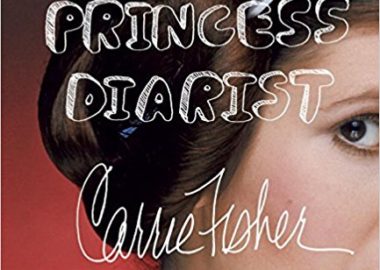April 4th (4/4) is in 10 minutes and I will be on BEYONCÉ ALERT LEVEL RED for a full 24 hours
— Matt Bellassai (@MattBellassai) April 4, 2016
All Beyonce fans can parse that tweet.
Beyonce’s favourite number is 4 (she married husband Jay-Z on April 4, both were born on a 4th, and they even named their daughter Blue Ivy — IV). Beyonce is one of two generational talents working in pop music today (the other is Adele). She is also one of the most carefully branded of today’s artists. Beyonce is also omnipresent: she commands massive online attention. When her iTunes page was briefly down, rumours spread through the internet of an upcoming surprise album release.
Yet her brand has developed a Mona Lisa smile. She does not converse: she grants very few interviews, barely tweets (although she has millions of followers) and she rarely issues public statements. Although it would be hard for another brand to develop the same kind of silent dominance, there are a few takeaways.
Image Is Everything

Beyonce doesn’t talk very much, but she tells a killer visual story. Her Instagram feed recaps performances, promotional appearances and other career-related work, but the shots manage to foster intimacy by adopting a behind-the-scenes aesthetic. Dotted through the feed are photos of family and friends. It is aspirational, but accessible, as though you too went to Capri for vacation last summer.
Her website is Tumblr-inspired, with minimal text and lots of large photos featuring her work, family and life. There are music, tour dates and merchandise prominently featured, but so is a photo of a friend giving her daughter a piggyback ride (even if said friend is Chris Martin from Coldplay). Captioning is rare and terse: it’s about the image.
The Brand of Perfection
One of the most revealing moments in Beyonce’s branding was when Buzzfeed posted a glowing review of her 2013 Superbowl performance. Beyonce had her publicist call Buzzfeed in an attempt to get the photos removed from the site. Although she was widely mocked online, her response cast into sharp relief how carefully she curates her visual storytelling.

Beyonce’s website reflects a kind of gum-snapping coolness, where yes, there’s her new athleisure collaboration with Topshop but really, it’s about her, and her intimate relationship with her fans. It’s as carefully constructed as any other artist’s website, but you’re not meant to notice that. You’re meant to forget that there is probably not a musician working today who is as obsessed with image as Beyonce. (and how that image has changed, since the days of Destiny’s Child!) Back when she gave interviews, she told GQ that she employs a “visual director” who has shot almost sixteen hours of footage a day since 2005. She keeps the tape, along with photos and audio recordings, in a rigorously organized climate-controlled archive in New York City. You may wonder if this is why she rarely gives interviews anymore — they threaten to deconstruct her image.
Beyonce can summarize her brand in one word: perfection. She’s very open about the hard work she has performed since childhood to become a pop superstar. Witness the Ivy Park commercial reminiscing about early morning fitness training and dream-chasing:
From Single Ladies to Formation
Beyonce, like most pop artists, sings a lot about love and romantic relationships. This, paired with compelling visuals, composed the bulk of her early work.
Take notes from one of the biggest superstars in the world: imperfection makes you unforgettable.
However, like the intimacy of her web presence, this vulnerability is carefully constructed. That’s not the same as inauthentic, but it is allowed to stay in the frame because she chooses to: she is aware of how the presentation of vulnerability can empower her brand and deepen her relationship with her consumers. Many brands are afraid to demonstrate vulnerability, intimacy and openness because they are worried that imperfection will weaken them. Take notes from one of the biggest superstars in the world: it actually makes you unforgettable.





